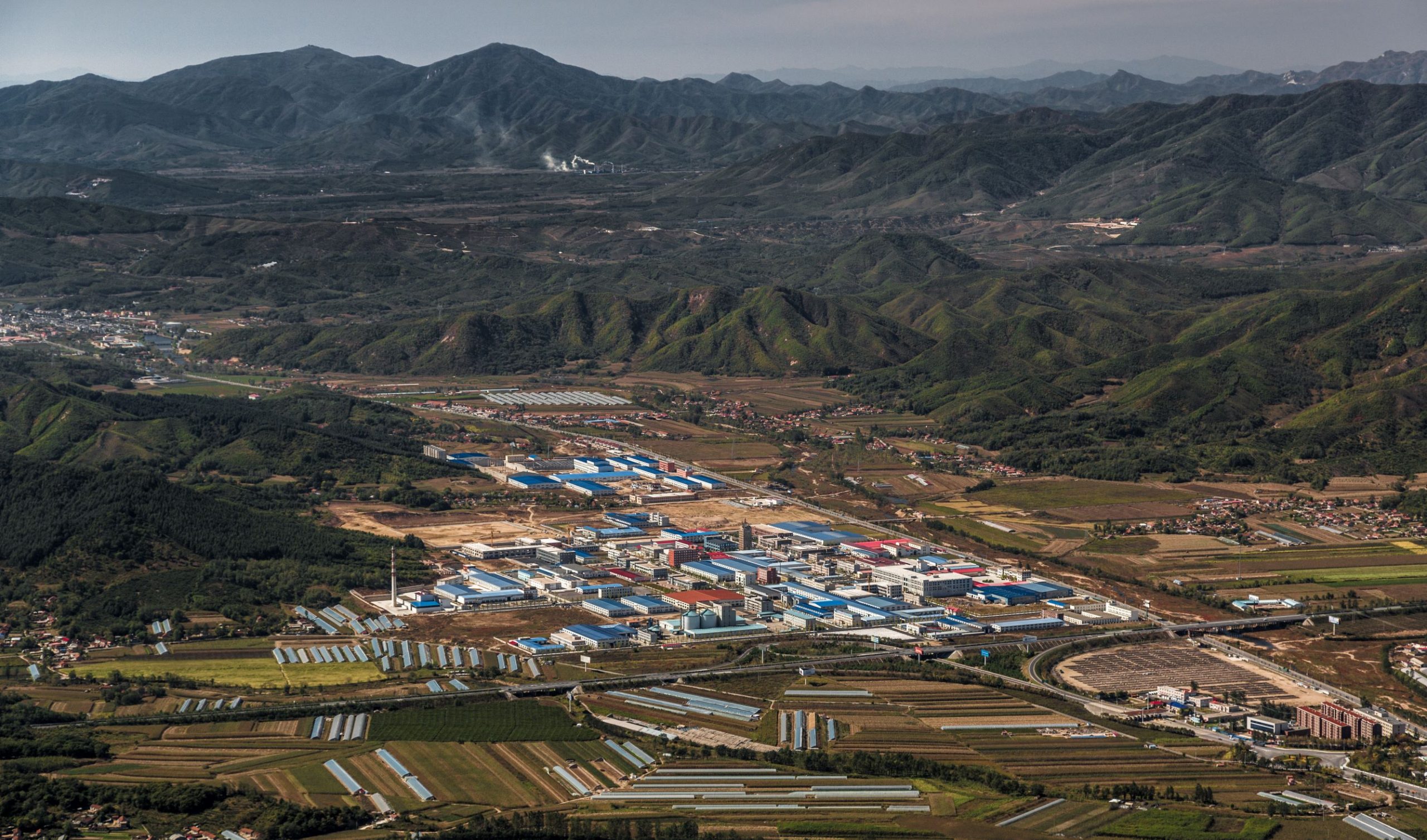
CASA helps international donors identify appropriate support for agro-industrial parks
January 6, 2022
When does long-term support become dependence?

CASA has published a new report Agro-industrial parks: success factors, incentive mechanisms and donor roles. Agro-industrial parks are a relatively recent phenomenon in low and lower-middle income countries in Africa and Asia. By aggregating services and value addition, they are seen as a way to create jobs, generate income and provide security for smallholder farmers in the value chain. The parks can also contribute to food security, export earnings, import substitution, increased tax revenues, and upgrading into higher-value-added industrial activities.
Since the 1990s, donors have been providing financing and technical assistance to governments and private investors to establish agro-industrial parks as well as to the companies that move into them. Alongside this, they have helped generate lessons and influenced policy.
This study reviewed over 200 pieces of literature supplemented with interviews of key policy and private sector partners in both Africa and Asia. What emerged is that a multi-pillar approach under an umbrella programme that tackles the complex challenges is the best way for establishing and supporting agro-industrial parks. But, there is no short-term quick fix, donors need to be willing to commit to, and deliver multiannual funding.
Based on the evidence reviewed, donors interested in supporting agro-industrial parks should be able to engage over the long-term and adopt key principles;
- Provide large-scale grants and concessional capital funding;
- Mobilise technical expertise;
- Facilitate networks; and
- Manage political influence.
Alvaro Valverde from CASA said: “Donors, multilateral development banks and development finance initiatives able to embrace the principles set out here could be instrumental in the success of a new generation of ambitious agro-industrial parks and schemes across Africa and Asia.”
Donors should also:
- Take a long-term (10 years plus) and flexible approach to agro-industrial park support, from pre-feasibility onwards, doing what they can to ensure preliminary research is of high quality and is considered in parks’ design and development. They should adopt a flexible approach towards tackling both foreseen and unforeseen challenges in the long and complex lifecycle of the project.
- Work with a wide variety of public and private sector actors, both within the park and in neighbouring areas. This includes agro-processing firms, farmers supplying agro-produce, ‘agro-allied’ firms, and the various government agencies involved in park governance, regulation, and infrastructure and service delivery. Parks should be based on creating a joint vision with the highest levels within host governments and other public and private partners involved.
- Work to prevent donor dependence by supplying technical assistance that stimulates ownership by industries and progress towards agreed objectives such as environmental, social, and governance compliance.
- Deliver agro-industrial park support through well-coordinated programmes aligning the incentives and capabilities of all stakeholders involved. This also includes leveraging joint strategies that hold host governments and operators accountable and working to a jointly agreed schedule of milestones. Finally, the right institutional arrangements for effective park oversight and management should be established, with a leaning towards public-private partnerships.
Some of the other recommendations that drive success included:
- Donors should be a long-term champion of the project by helping promote awareness and imbuing a sense of security by involving other long-term champions from the host government and other investors
- Use project implementation units to mobilize long-term, patient, concessional capital to ensure that the park has the resources to secure land, deliver internationally competitive infrastructure and services, and mobilize world-class park management expertise.
- Embed within parks/schemes market systems development programmes aimed at fostering the integration of farmers as well as firms in the value chain into an ecosystem in and around the park.
- Provide technical assistance and adopt a client-oriented approach,continuously monitoring and tackling current and prospective tenant firms’ binding constraints, including via effective private sector participation mechanisms (through inclusion in park governance mechanisms and/or dialogue platforms).
- Actively support efforts to attract private park developers, operators, and anchor firms into the park through embedded advisors, investment attraction and facilitation training, and direct investment facilitation. They should also undertake domestic capacity building (eg. through scholarships, on-the-job training programmes, best practice guides and exposure international best practice).
- Provide financial and technical support to deliver high-quality infrastructure and services in and around the park to attract tenant firms and deliver developmental objectives; and ensure that environmental, social, and governance (ESG) standards are met. These actions include or example, compensating displaced communities, monitoring and upholding decent work and gender-sensitivity standards and putting in place robust environmental safeguards and monitoring.
Smaller-ticket, shorter-term inputs
Donor agencies working with smaller-ticket, shorter-term inputs or with less high-level political engagement still have an important role in the development of agro-industrial parks. Under the aegis of a larger donor or multilateral they can provide financing and advisory support to:
- Provide a technical assistance facility relevant to the current stage of the park
- Link a medium-term market systems development programme to one or more parks;
- Create knowledge products in support of the park design or implementation phases e.g. feasibility study, masterplan, best practice guides, design of a private sector participation framework, etc.;
- Support a time-limited investment promotion push through a series of actions around the promotion of the park, facilitation of engagement with the private sector, and linkages to other stakeholders in both private and public spheres.
Donors should proceed with caution or cease investment in parks, in cases where:
- The design, investor targeting, and other decisions are highly politicised;
- No effective oversight, coordination, and delivery mechanism is in place, or;
- The feasibility of the project is questionable due to insurmountable national business environment challenges (e.g. conflict and instability) or market dynamics (e.g. insufficient raw materials supply or access to markets).
Where donors and investors work together following the guidance in this report, it is possible to find a path that maximises success, delivering long-term, consistent support, but in a way which does not lead to dependency on external, soft money.